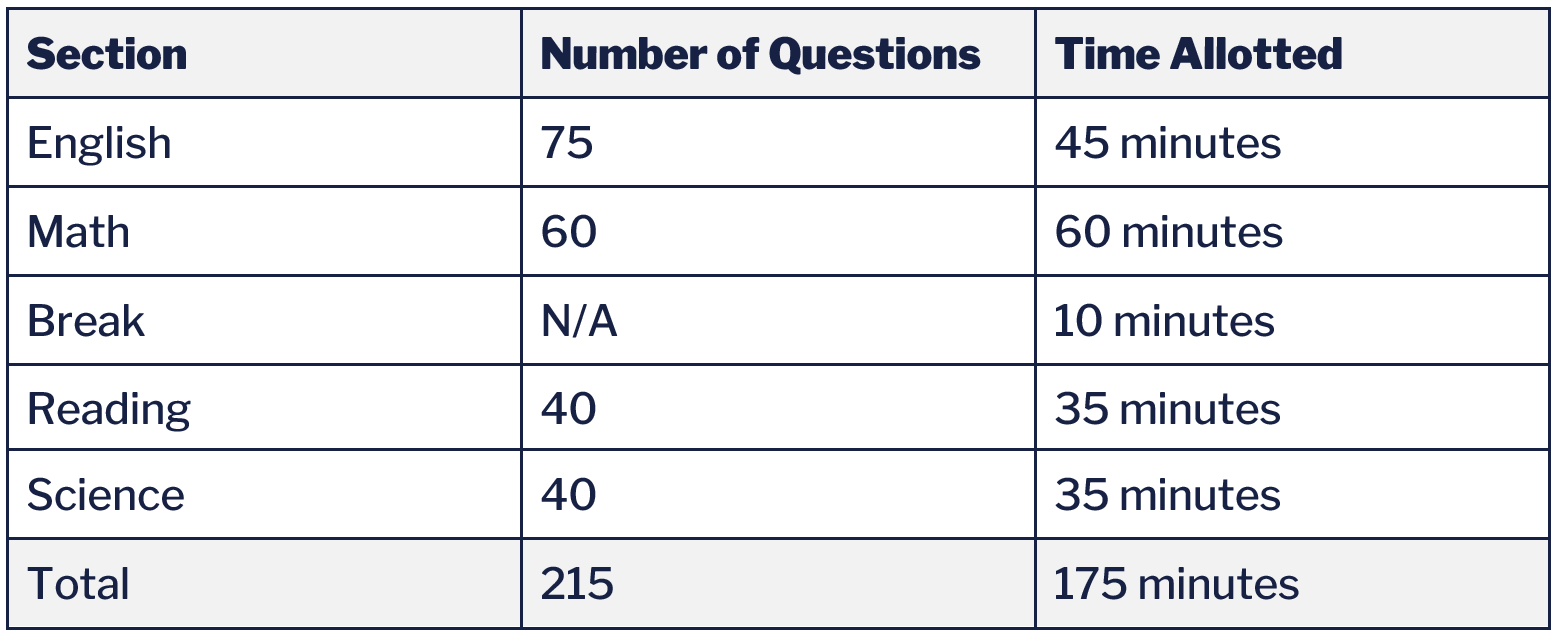Taking a Practice ACT at Home
So, your child is getting ready to apply to college. It’s an exciting yet stressful time—and one of the most important steps in the process is taking the ACT. Taking a practice test can help prepare your student for the real thing, but administering the exam at home can feel like a daunting task. Don’t worry! We’ll show you how to make it a successful experience in just a few simple steps.
Create a Good Testing Environment
The first step in creating a good testing environment is finding a quiet space free from distractions and allowing enough time for all sections of the test, including breaks (The ACT is about 3 hours long with a short break in between sections). Make sure you have snacks and drinks close by to keep your energy levels high throughout the test. Finally, it’s smart to take the test when you’re well-rested so you can focus on the questions.
Make Sure You Have What You Need
In addition to pencils, scratch paper, and a calculator, you will also need an official practice test and answer sheet from ACT, which can be found online. You will also need a timer to keep track of section times and ensure that your child takes appropriate breaks throughout the exam.
Before you begin, familiarize yourself with the timing for each section of the ACT:
Score Your Test Accurately
After completing all sections of the practice test, it's time to score it! Follow these steps to accurately score the practice test:
Score the English, Math, Reading, and Science Sections:
For each section, count the number of correct answers your student has provided.
The sum of correct answers in each section will be the raw score for that section.
Convert Raw Scores to Scaled Scores:
Use the conversion table provided with each practice test to convert the raw scores for each section (English, Math, Reading, and Science) into scaled scores ranging from 1 to 36.
Calculate the Composite Score:
Add the scaled scores of the four sections together and divide the sum by 4.
Round the result to the nearest whole number to obtain the composite ACT score, which will range from 1 to 36.
Once complete, take note of which areas require improvement and review them with your student so they can focus on specific weak spots when preparing for their official ACT exam date.
Conclusion: Administering an ACT practice test at home is easier than you might think—it just requires patience and planning! By following these simple steps, you can create a successful testing environment that allows your student to get comfortable with taking exams and prepares them for success on their upcoming college entrance exam date! With careful preparation, you can help make this exciting yet stressful time more manageable for everyone involved in the application process! Good luck!


